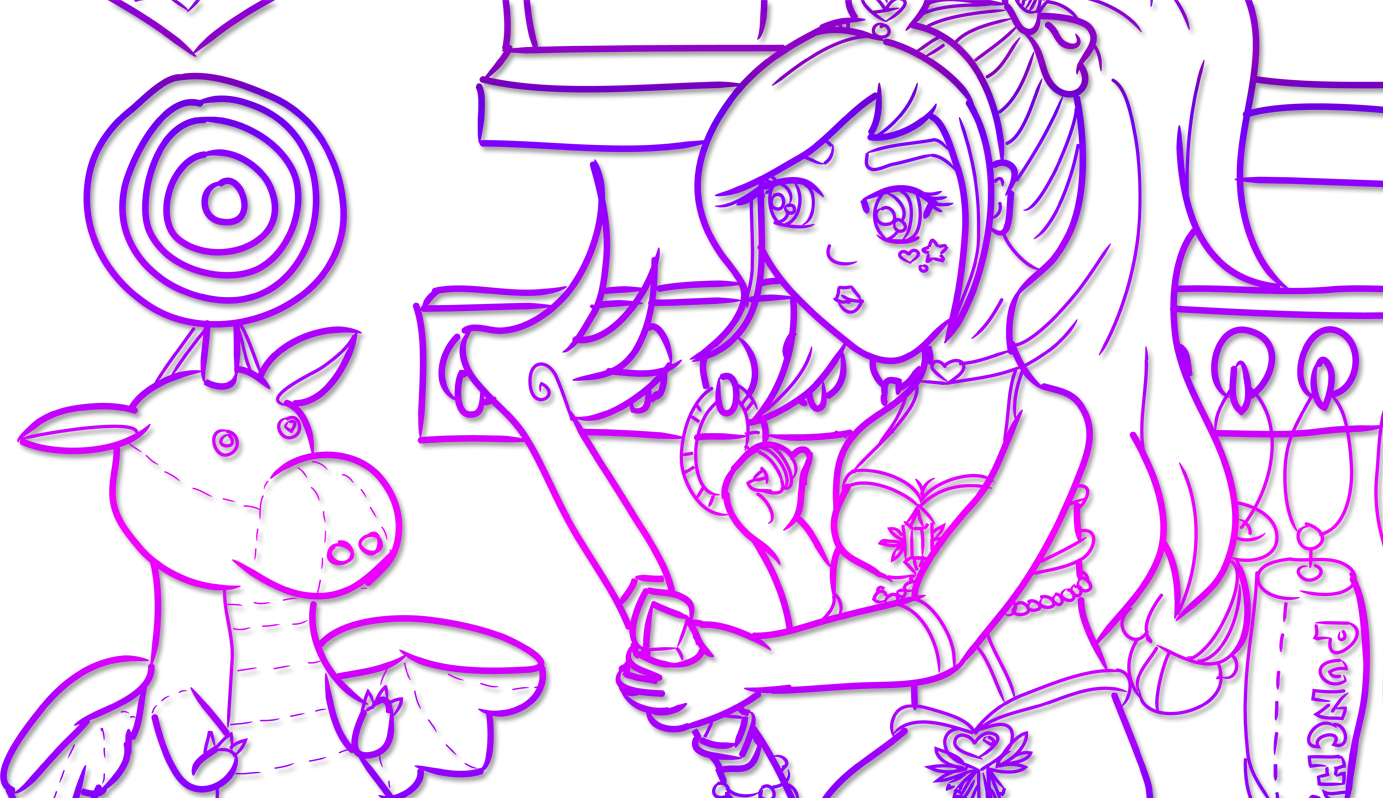The web and mobile dev lightning talk featured tons of technologies and trends for the next generation of development.
“World of Workout” was a concept discussed for a contextual mobile RPG based in real-world fitness. It would use pattern recognition to recognize user’s workouts – sparing them the complexity of having to input their info themselves (ie holding phone in an arm workout holster and doing squats, phone can recognize this motion). The workout info would then affect the progress of the game avatar, with stats available to the avatar for workouts done by the user, such as speed boosts for sprinting, strength for weights, and stamina for distance running. Another interesting feature they proposed was accelerated improvement at the start of the game so users are encouraged to get into a daily routine, but also adding in a fatigue factor so that rewards are reduced when workouts would become excessive. There would also be random rewards and associated notifications for doing “challenge” workouts with extra benefits attached.
This idea really resonated with me as part of the “future of user experience”: what better immersion is there than in a good game? And as we have learned, users appreciate apps responding to them and to receive gratification: which pattern recognition and rewards both do. After seeing this idea, I sketched out the concept for a similar game-incentive idea during a hackathon: TaskWarriors, an RPG based on checking things off your task list and gaining skill and gold based on the priority of the task and type of task (helping you balance your days -and- ensure you complete high priority tasks before their deadlines). I’d really like to re-explore TaskWarriors, since if done right, I think it could work very well like World of Workout seems (hopefully) fated to. It has also gotten me considering other avenues where gamification/customization and rewards could help with immersion and user experience – hopefully I can learn more and get more chances to potentially implement this in the future!
Parallax Scrolling was another feature discussed during this talk: specifically technologies with features that can aid or enhance parallax development. Javascript and CSS3 were discussed as features to aid in transitions, transforming, and opacity, while HTML5’s Canvas, WebGL, and SVG were also noted. Flash, VML, YUI scroll animation, jquery plugins such as Jarallax, and Javascripts such as pixi.js or easing effect tween.js were also featured as possible parallax technologies.
Parallax is definitely an intriguing artistic feature for making a website seem more interactive. Obviously, like any interactive feature, there’s definitely a point where it could be much too much. But there are some beautiful parallax scrolling websites that show what an awesome addition it can be to your content, especially on websites telling a story with a long scrolling page, like this one: http://jessandruss.us/
3D Graphics for web programmers was actually highly interesting to me. I’m terrible at making models (at least, at present) but have had a bit of experience with Unity, and always found 3D development interesting, even though I’m not the best at it right now. Though I would need to learn modelling to actually implement, the 3D Graphics presentation focused on three.js, a plugin that seems to make it extremely easy to program 3D elements into web pages on the website – rather than building them in Flash, Unity, or another engine. Three.js uses a what (mesh for the item and a pointlight for light source), a where (scene.PerspectiveCamera) and a how (translate, rotate, scale; requestAnimationFrame) at its most basic core to render and move 3D objects. Source code is available at http://github.com/shegeek/teapots_can_fly in which the presenter used only three.js, teapot.js (the item), and an HTML5 page to create the example.
CourseSketch was the final web and mobile technology shown, which was also really exciting from a college student perspective. It was a sketch-based learning platform being developed for MOOCs which would allow recognition of sketches to enhance automated grading capabilities of online problems. The examples given that were in development were truss diagrams for engineering, compound diagrams for chemistry, and Kanji for Japanese. Of course, with many more courses moving to online submission and grading, one can see applications for this technology well beyond the MOOC platform and into more education avenues – given of course the technology were robustly developed, and taking into account various drawing styles or other hiccups that may occur.
Overall there were a lot of intriguing development tools and concepts discussed. Obviously this talk hit home with me as World of Workout inspired the beginning conceptualization and planning for the Task Warriors app, even if it hasn’t seen fruition (yet! I hope I can continue it!). I love talks like these that bring to light new ideas and useful technologies – they have so much inspiration and energy within them that drives tech forward.
One machine can do the work of fifty ordinary men. No machine can do the work of one extraordinary man” – Elbert Hubbard
Task Warriors copyright Bri, Jess and Russ copyright JessandRuss.us



